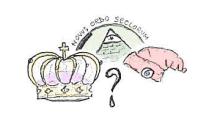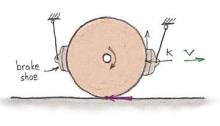Train driving regimes and equilibrium speed
In my previous posts I lightly covered: The various combinations of these forces define the train driving regimes. These are the following (not sure if all the railway networks are defining theme in the same way): A particular case of this regime is where the falling gradient is so steep that it requires the train…




